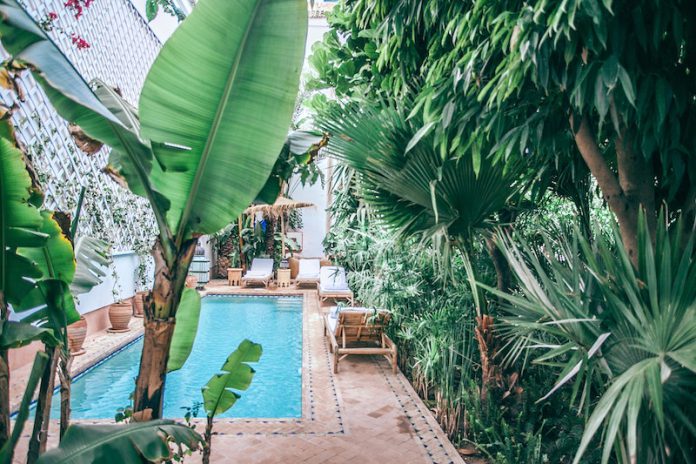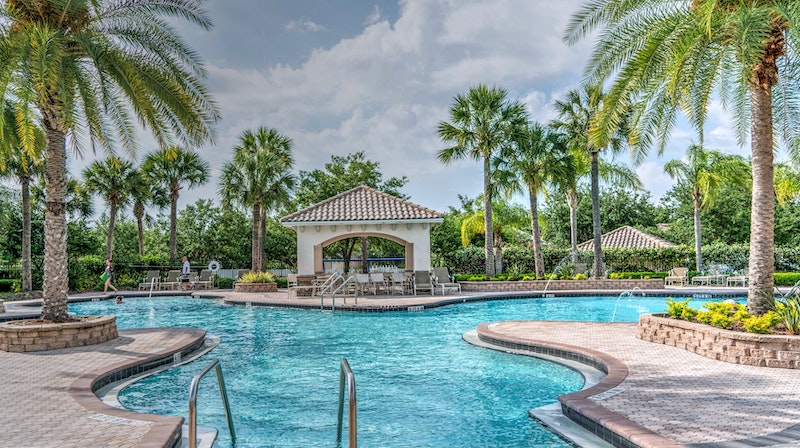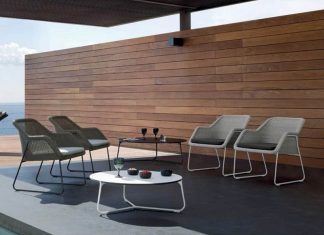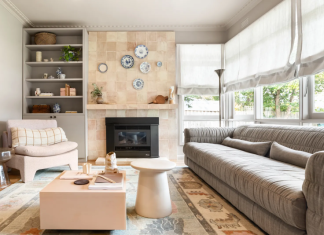The forecasts say we’re in for a hot summer, and that’s when your pool comes into its own. An inground pool is an excellent addition in your yard, yet while it’s been undercover for the winter, it will need some prepping to use for the coming months.
What should you be doing to make sure your pool is ready for use? Well, there’s a little more to preparing your pool for use than simply taking off the cover and diving in. We’ve had a good look at pool maintenance advice, and we are ready to share some tips with you, so let’s start with the first move – take the cover off, and the follow the advice below.
Clean Pool and Filter
If you want to see what the professionals say about preparing a pool, EverClear Pools & Spas is a good place to start. They have a strong reputation in the market and offer a full range of services. So, what’s the first thing you do when you take the cover off your pool? Check the filters and clear the pool of debris.
Even though you have a cover on there will have been some leaves, sticks, and other debris that slips through, so it’s time to get your net out and scoop them away. Then, you need to have a good look at your filters. Take them apart and clean them as per the manufacturer instructions, and check that no parts are worn and need replacing.
Checking and clearing filters needs to be part of your regular maintenance routine, as the filters themselves are designed to trap debris that they take out of the water. Once this is done, it’s time to prepare your water with the right additives.
Add Chlorine and Water
Your pool will have suffered evaporation so there may not be as much water in as you want. Expert advice is to add new water to the old, as this is entirely safe and acceptable. However, you now need to ‘shock’ the pool by adding the required amount of chlorine. This will help clean the water and make it more usable.
How much chlorine should you add? Check with a pool expert and use online resources to find the best amounts for your size of pool, as the amount of chlorine needed will vary according to capacity. Now you need to get hold of a test kit so you can check the levels in the water, so let’s talk some more about what you are checking for.
Check the Levels
The water in your pool needs to meet certain criteria in terms of pH, chlorine levels, and calcium. If this sounds complex don’t worry, because you can buy special pool testing kits that will give you the results quickly so you can balance the levels.
Why do you need to do this? Put simply, too much chlorine – for example – may irritate the skin, while too little will not help clean the water. The problem with ‘hard’ or ‘soft’ water is also one that needs monitoring.
To help you along, you should be looking for the following levels, which your tester kit will indicate by color (always follow the kit instructions carefully.)
Chlorine should measure between 1.0 and 2.0ppm. If this is too low, you will need to add more chlorine. Too high, and you simply add more water until you reach the desired level. Be aware that if you test for chlorine during the ‘shock’ period it will read high, so leave this test until things settle down.
The pH level in your pool should be between 7.4 to 7.6. While this seems like a narrow window it is important to get it right. Below 7.4 and you should add sodium bicarbonate to raise the level, and if above 7.6 either sodium bisulfate or muriatic acid can be added to reduce the level.
Calcium should read between 200 and 400. In a soft water region, you should add calcium chloride to achieve the desired level.
If you are in any doubt, we strongly recommend you talk to a pool professional in order to find the levels that your pool water should be within. So, you’re all ready to jump in, yes? Not quite yet!
Leave the Water to Clear
Now, there are some who advise that once you have performed all the above, you should put the cover back on and leave the water to clear. This is good advice as without the cover leaves and other debris will get into the water.
You need to clean the filters thoroughly – as we mentioned earlier – and then set them to do their job. You might have to leave them running for a few days to clear the water. You may also need to add more chlorine regularly to enable the cleaning process to run its course.
You will know when the pool water is fully cleaned as you will be able to see the bottom of the pool clearly. Once you get to this point, run a series of final checks to ensure the levels are all adequate and you’re ready to use your pool for the summer. However, there is one final valid tip we want to give you, and that is performing a regular maintenance routine to keep your pool clean and usable throughout. Let’s finish with a few final words on regular pool maintenance.
Perform Regular Maintenance
It is easy to overlook regular pool maintenance and simply get in the water, but there are hygiene risks in pools used by several people. Use a pool vacuum and net to remove leaves and other items that will get in the water, and check and clean filters and run tests for water balance levels on a regular basis.
You can maintain your pool – and prepare it for summer – yourself or, like many pool owners, arrange for a professional pool maintenance company to do it for you. You’ll find the cost is not as great as you may think, and your pool will be kept clean and usable throughout the summer.















